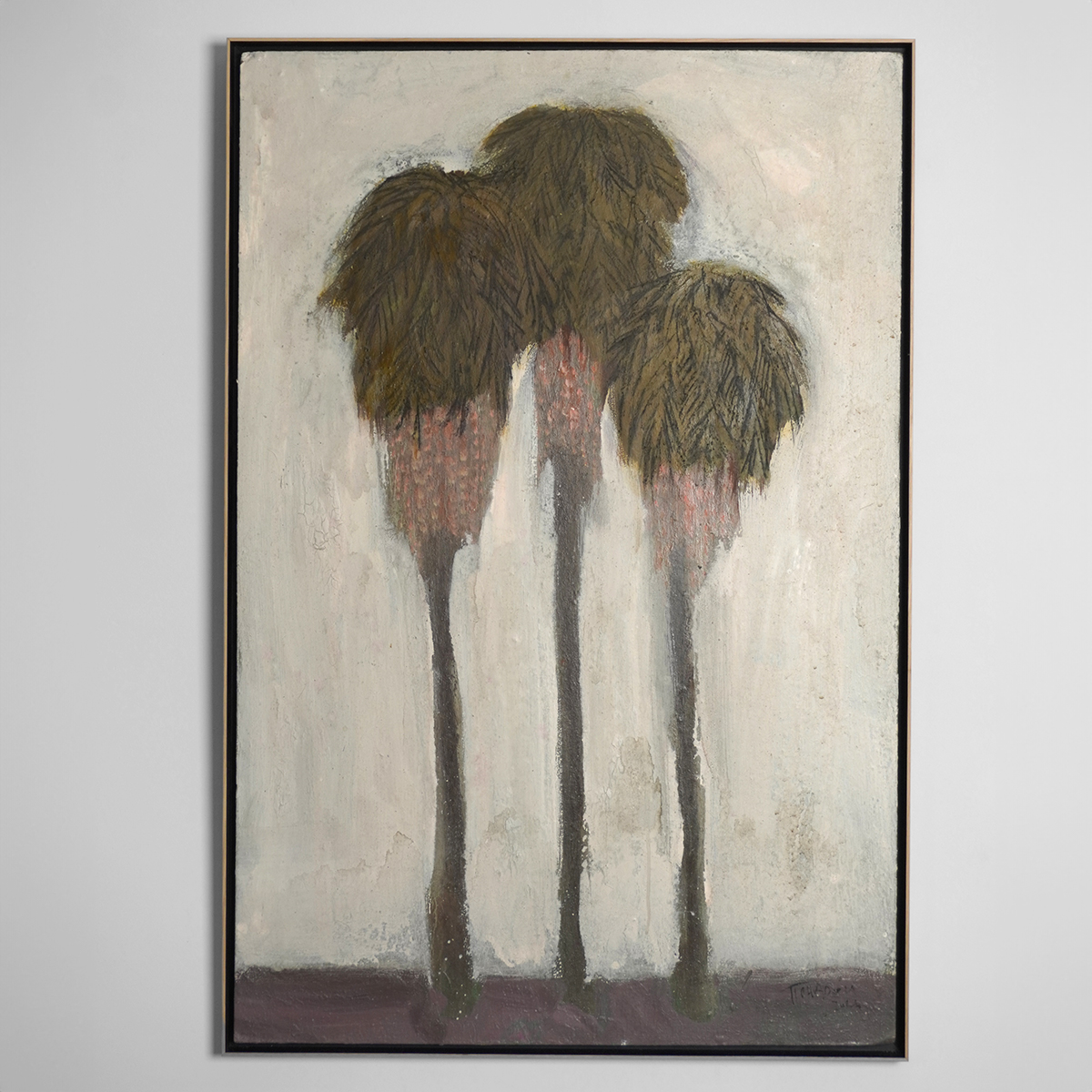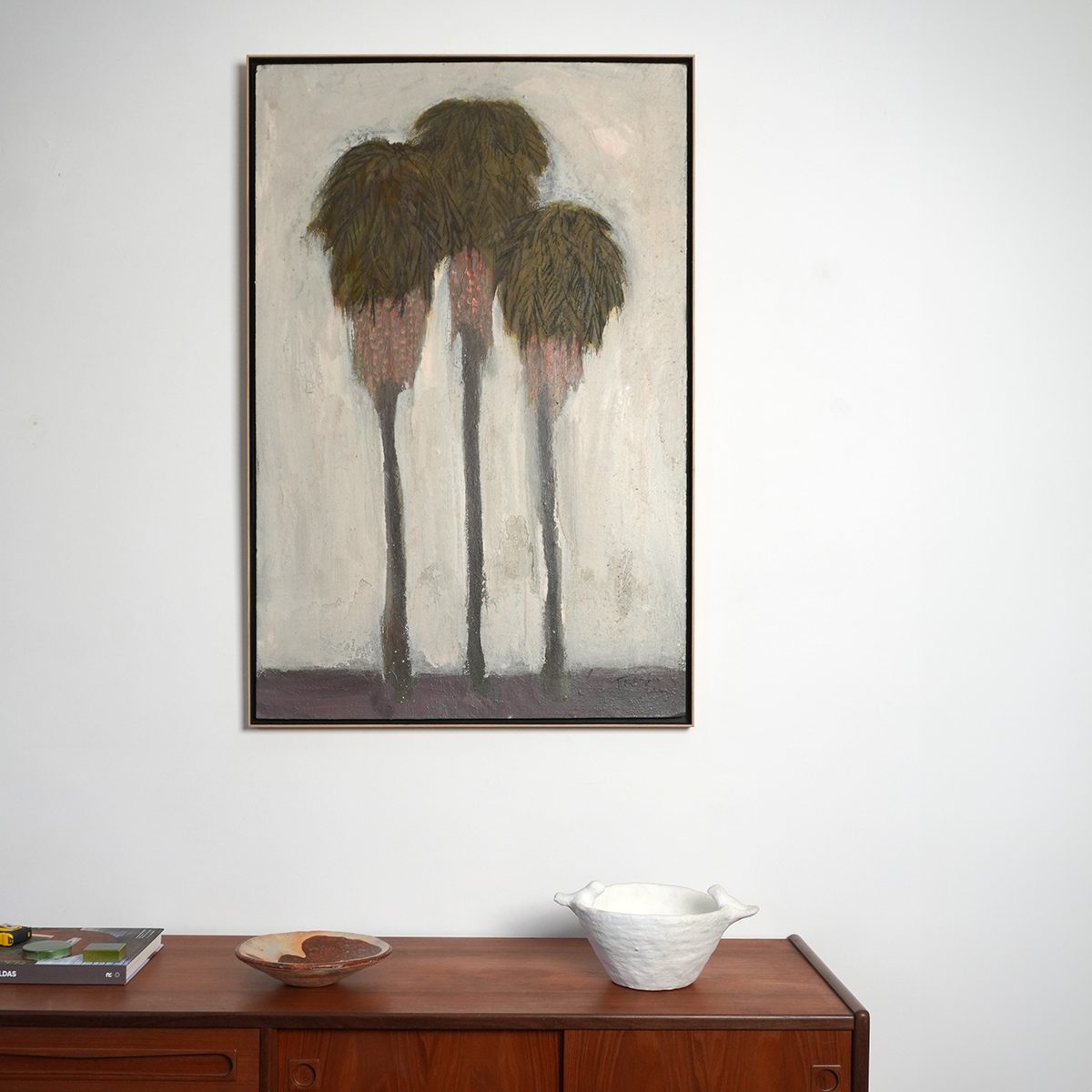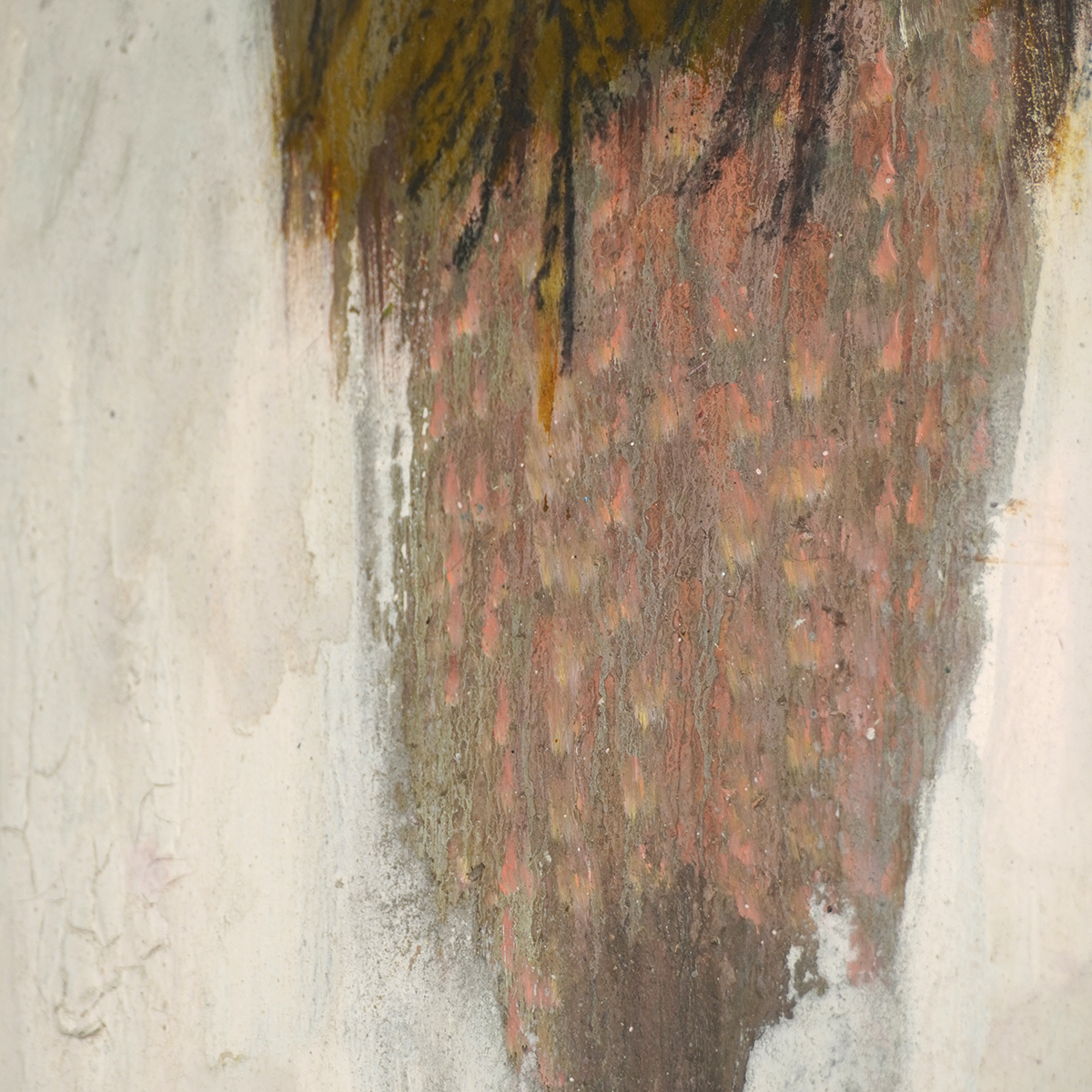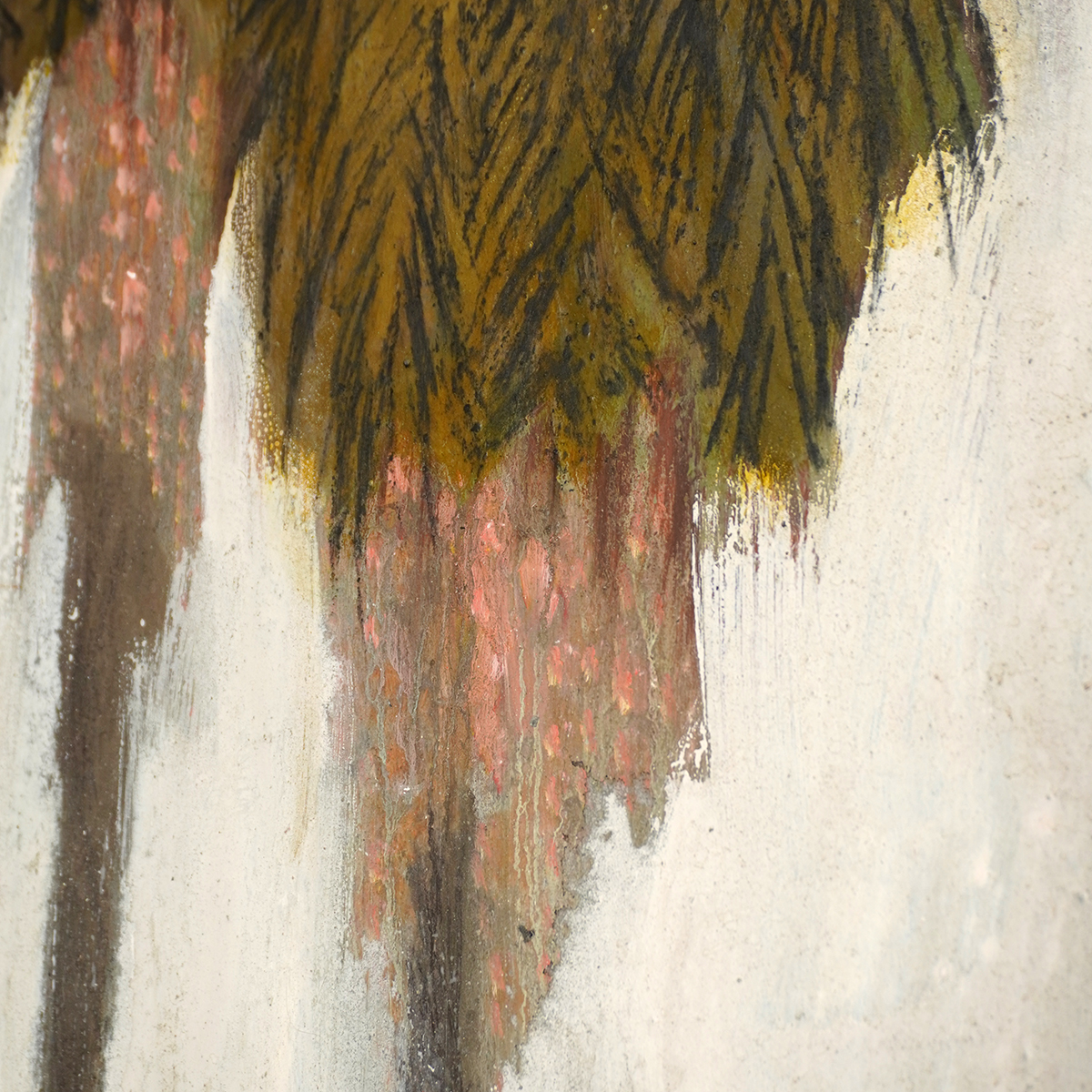THREE PALM TREES
Référence :
Oil on cardboard by Corinne Tichadou representing three palm trees. Light wood frame with black background.
Length : 32.68 in / 83 cm
Height : 48.43 in / 123 cm
Width : 1.57 in / 4 cm
Weigth : 6.61 lb / 3 kg
Artist : Corinne Tichadou
Inspiration: Palm trees have been a source of inspiration for many artists throughout the centuries, due to their elegance and symbolism. In art, palm trees are often depicted in exotic landscapes, evoking faraway and tropical places. They are often associated with themes of vacation, relaxation, and paradise. Painters like Paul Gauguin and Henri Rousseau incorporated palm trees into their works to create a sunny, lush atmosphere. Palm trees are also present in contemporary art, where they are sometimes used to address environmental issues such as deforestation and climate change. In short, palm trees represent a kind of symbol of exoticism, lush nature and escape.
Corinne Tichadou weaves links between the past and the present. She paints the human and questions his relationship to the world: to love, to family, to his courage, to his destiny, to his place in society. Man has always been surrounded by doubts and fears rooted in the world around him. His characters echo memory, fragility, the strangeness of the soul, vulnerability, melancholy, intimacy and silence. It is a world of thought.
Mediums : Oil, pastels and ink
Support: Cardboard
Frame: American case in light wood with black background
Dimensions: 120 x 80 (123 x 83 cm framed)
Guarantee of authenticity: Signed and issued with a certificate of authenticity
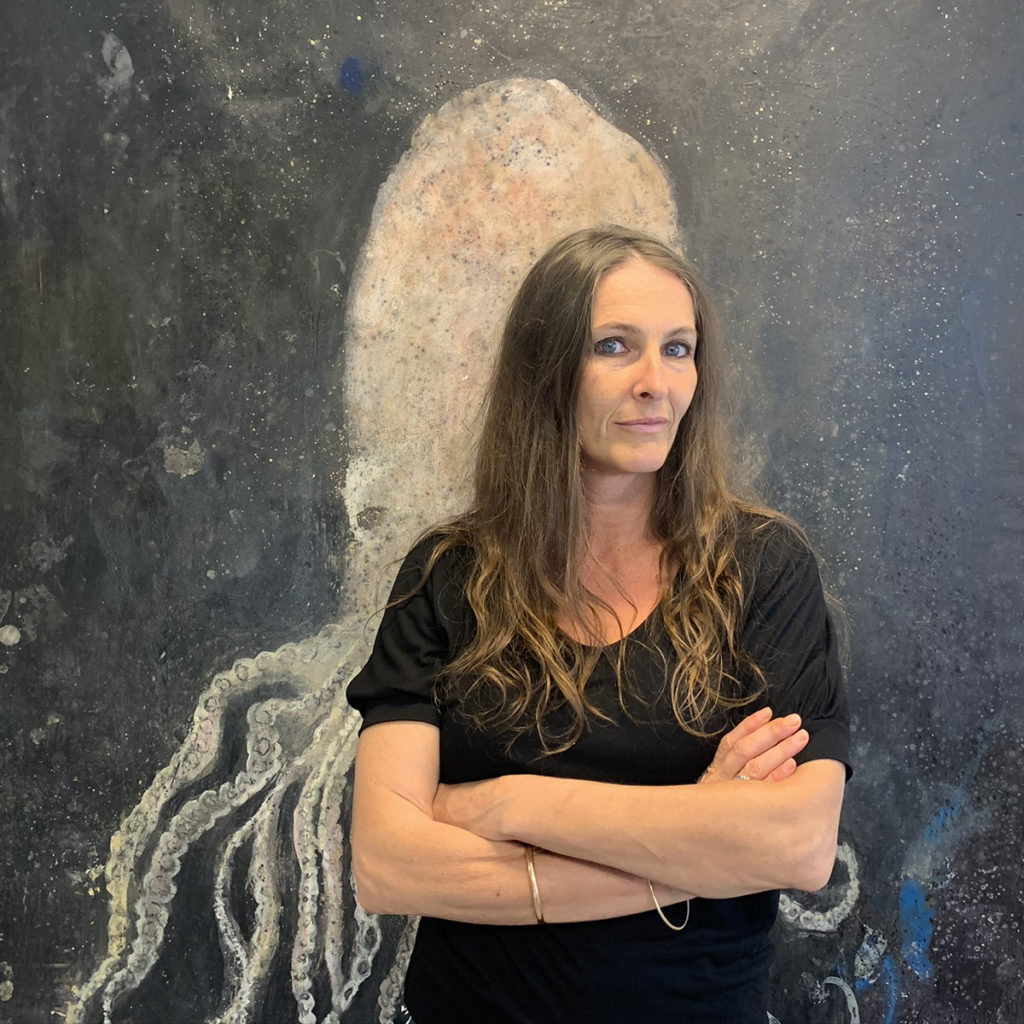
Corinne Tichadou
France
Corinne Tichadou is a female painter working and living in Beziers, Southern France. Her painting is contemporary, figurative, mythological, biblical, allegorical and contemplative. It weaves links between the past and the present. Through mythology, tales, theatre, opera, biblical stories and her love for Italian Renaissance painting, she seeks timelessness as a philosophy. She paints the human being and questions it about its relationship to the world: to love, to family, to its courage, to its destiny, to its place in society.

